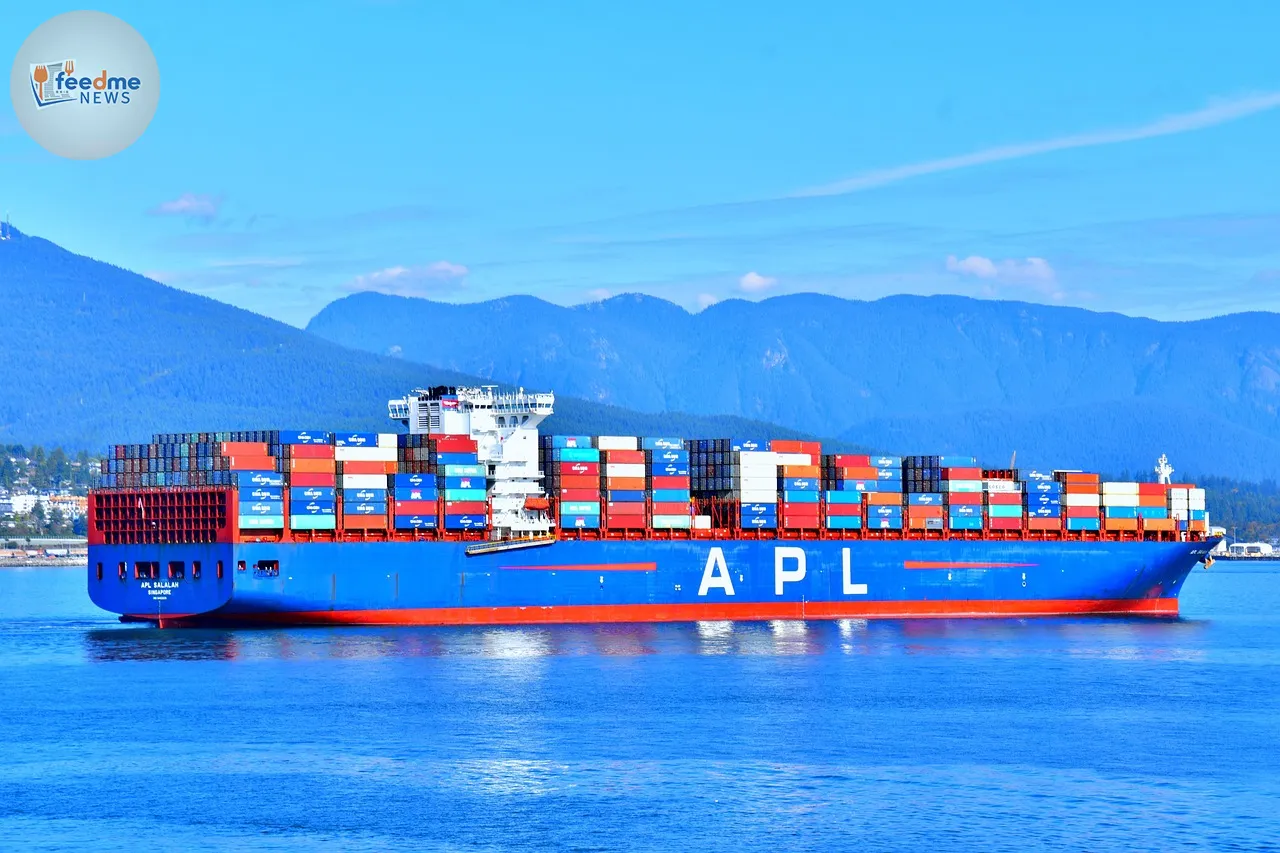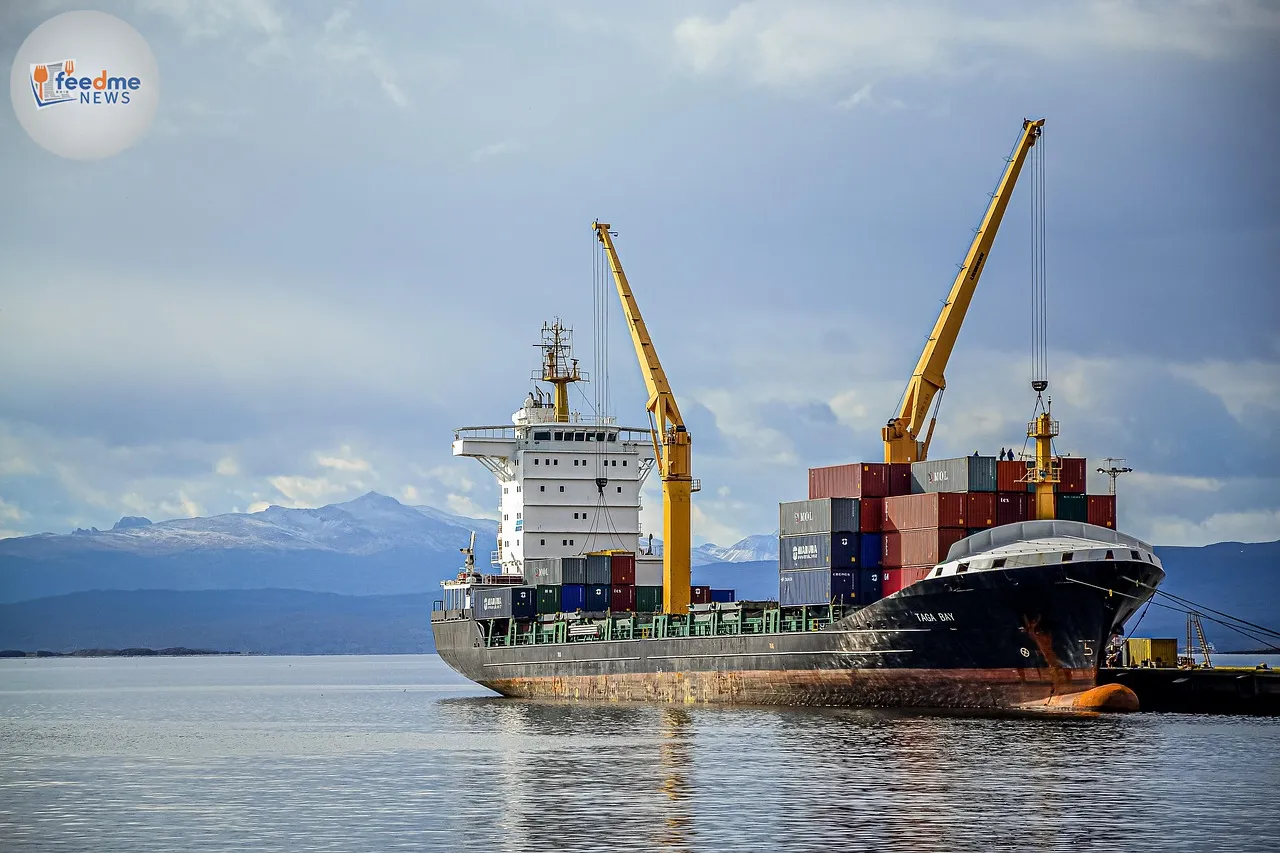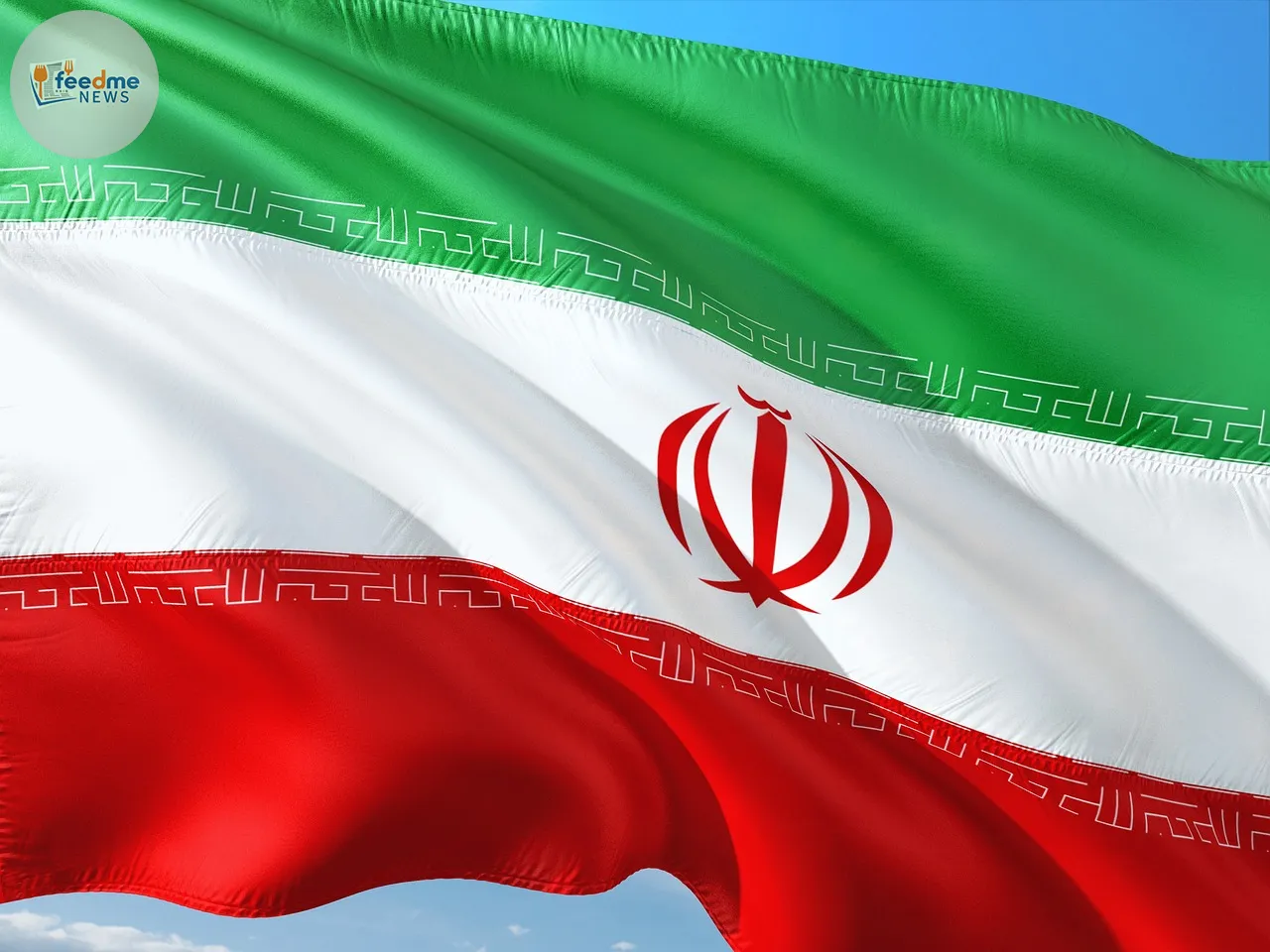In the escalating trade war between the United States and China, tensions have reached a fever pitch as both nations brace for economic impact. US President Donald Trump has imposed sweeping tariffs on Chinese goods, sparking a defiant response from Beijing. This standoff is not just a battle over trade but a reflection of deep-seated national pride and economic strategies. As both sides dig in their heels, the global economy watches closely, wondering who will make the first move towards compromise.
Trade War Timeline and Locations
The trade conflict between the two economic superpowers intensified in early 2018 when President Trump announced tariffs on Chinese imports, citing unfair trade practices. The situation escalated over the years, culminating in a significant standoff by 2025. The tariffs have targeted a broad range of goods, affecting industries from technology to agriculture. The heart of this conflict lies in Washington and Beijing, where policymakers strategise their next moves in this high-stakes economic chess game.

Nationalism Fuels China’s Response
China’s reaction to the US tariffs has been marked by a surge in nationalist sentiment. The Chinese government, led by President Xi Jinping, has invoked historical imagery and rhetoric to rally public support. The Chinese foreign ministry has shared videos of former leader Mao Zedong, emphasising resilience and determination. “As to how long this war will last, we are not the ones to decide … We’ll fight until we completely triumph!” echoes a sentiment of enduring resistance. This nationalistic fervour is not just for domestic consumption but also serves as a message to the international community that China will not easily capitulate.
Economic Impact on Global Markets
The trade war has sent ripples across global markets, affecting everything from stock prices to commodity costs. Economists warn that prolonged tariffs could lead to increased prices for consumers and disruptions in global supply chains. According to a report from the International Monetary Fund, the trade war could shave off up to 0.5% from global GDP if tensions continue to escalate. This economic uncertainty has prompted businesses worldwide to reassess their strategies, with many considering diversifying their supply chains away from China to mitigate risks.
Expert Insights on Trade Negotiations
Trade experts suggest that both nations have much to lose if the conflict continues unchecked. Dr. Li Wei, a renowned economist at Tsinghua University, explains, “While China aims to show strength, there is an understanding that a prolonged trade conflict could harm its economic growth.” On the US side, analysts note that while the tariffs are intended to protect American industries, they could inadvertently harm US businesses reliant on Chinese imports. “The key is finding a balance where both sides can claim victory without losing face,” says Dr. Robert Johnson, a trade policy expert at Harvard University.
Potential Resolutions and Future Outlook
As the trade war drags on, both countries face mounting pressure to find a resolution. Diplomatic talks have been sporadic, with each side cautiously optimistic about potential breakthroughs. Analysts believe that a compromise could involve mutual concessions, such as China agreeing to enforce stricter intellectual property laws and the US lifting some tariffs. Looking ahead, the outcome of these negotiations will likely have far-reaching implications for international trade policies and economic partnerships worldwide.
In the midst of a heated trade war, the global community remains in suspense, anticipating how the world’s two largest economies will navigate this complex and contentious issue. The resolution of this conflict could set a precedent for future international trade relations, highlighting the delicate balance between economic competition and cooperation. As the situation unfolds, stakeholders from businesses to governments will be closely monitoring each development, hoping for a peaceful and mutually beneficial end to the trade tensions.





